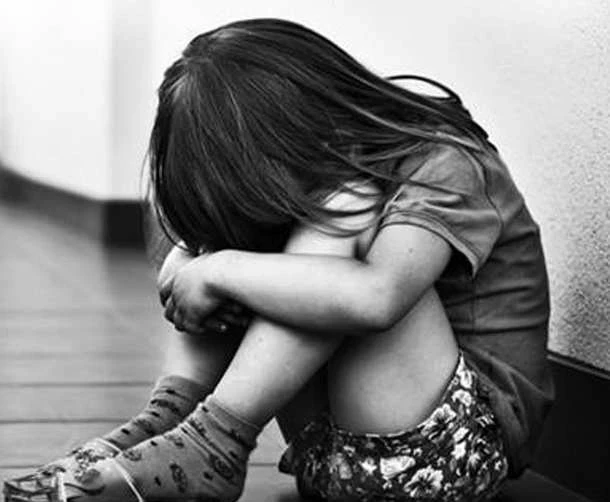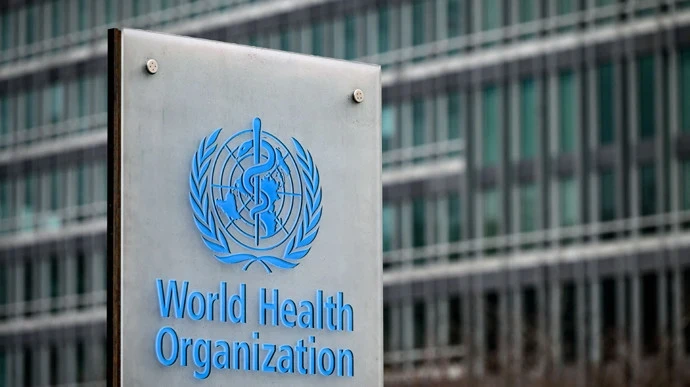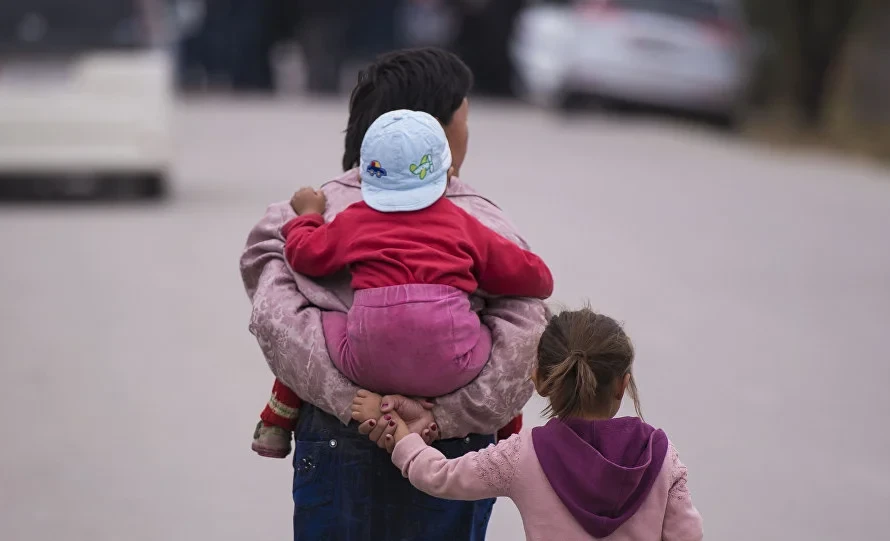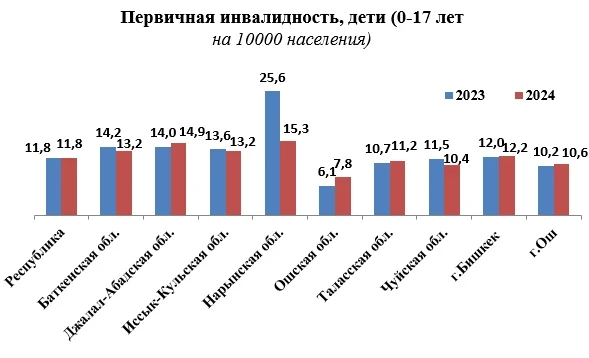According to the data in this document, one in seven adolescents and children in Europe and Central Asia has a mental disorder.
Teenage girls demonstrate the greatest vulnerability: one in four girls aged 15 to 19 suffers from mental health issues.
The leading cause of death among youth aged 15 to 29 is suicide.
Over the past 15 years, the number of mental disorders among children and adolescents has increased by one third, while support services have not kept pace with the rising demand.
According to WHO, a quarter of the countries in the region lack mental health services for youth, and in 20% of states, there are no specific measures developed to meet the psychological needs of children and adolescents.
The quality of psychiatric care varies significantly from country to country, with an average of only one psychiatrist for every 76,000 children and adolescents.
WHO urgently calls for immediate and coordinated actions to address shortcomings and ensure that all children and youth have access to quality, person-centered care. The document proposes key measures for governments and partner organizations:
- developing and implementing national action plans and relevant legislation;
- creating incentives and allocating funding to improve the quality of services;
- establishing standards, protocols, and clinical guidelines;
- implementing ongoing quality improvement measures across all systems;
- restructuring care models to align with the needs of children, youth, and their families;
- involving children, families, and local communities in the decision-making process;
- investing in training specialists to meet the needs of the population;
- evaluating outcomes based on the priorities of children and their families;
- studying and disseminating successful practices.










